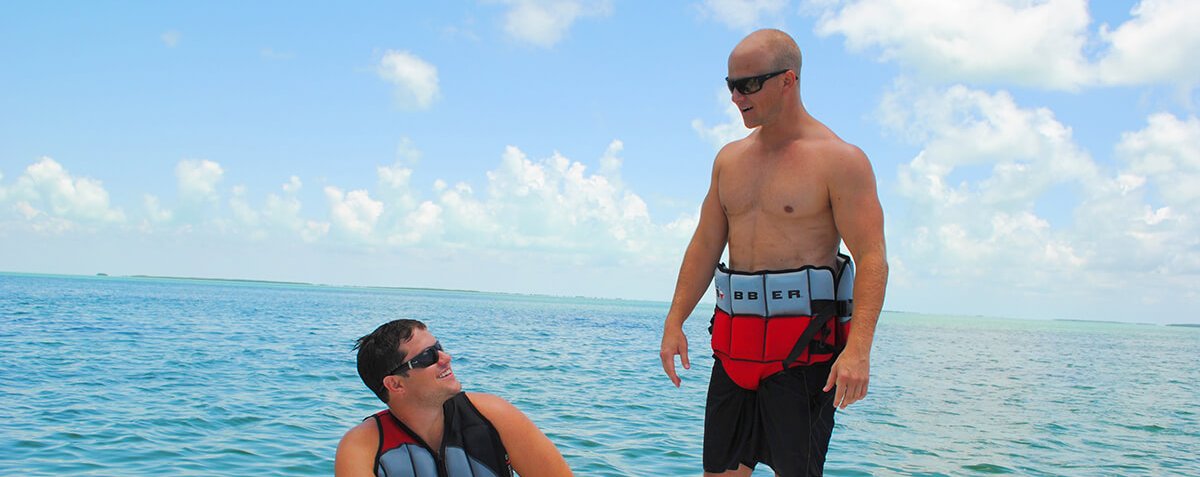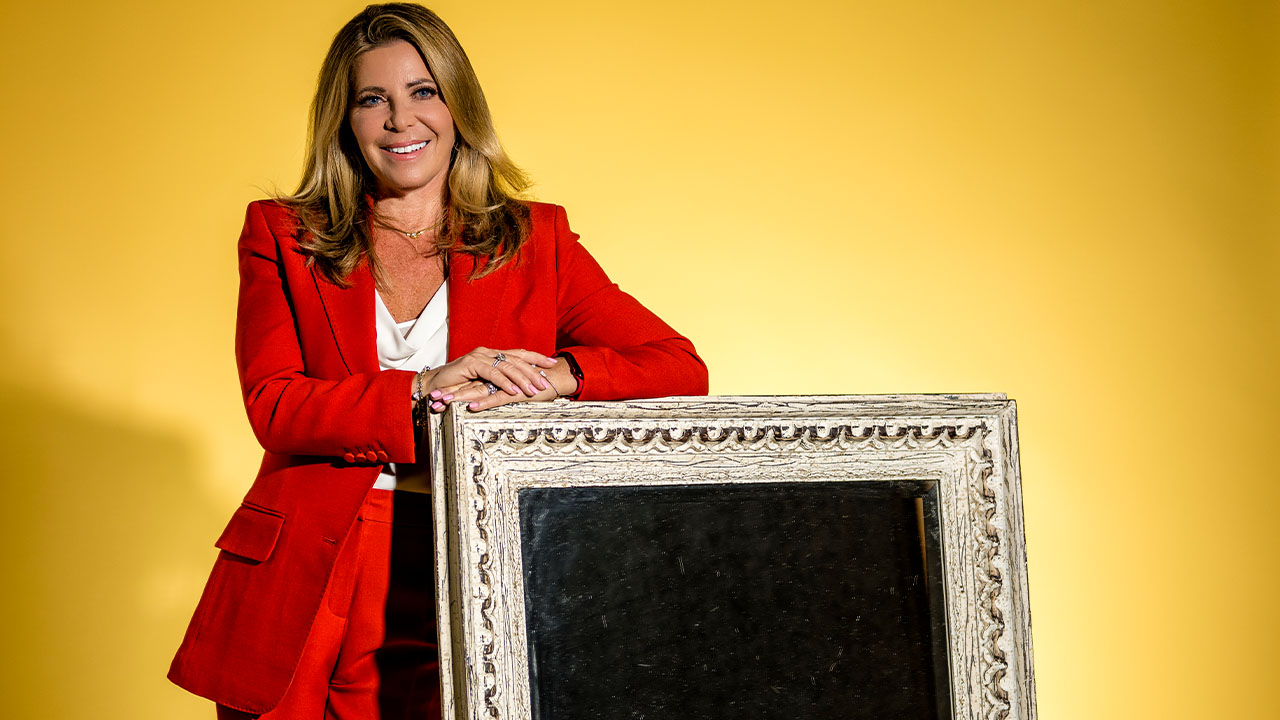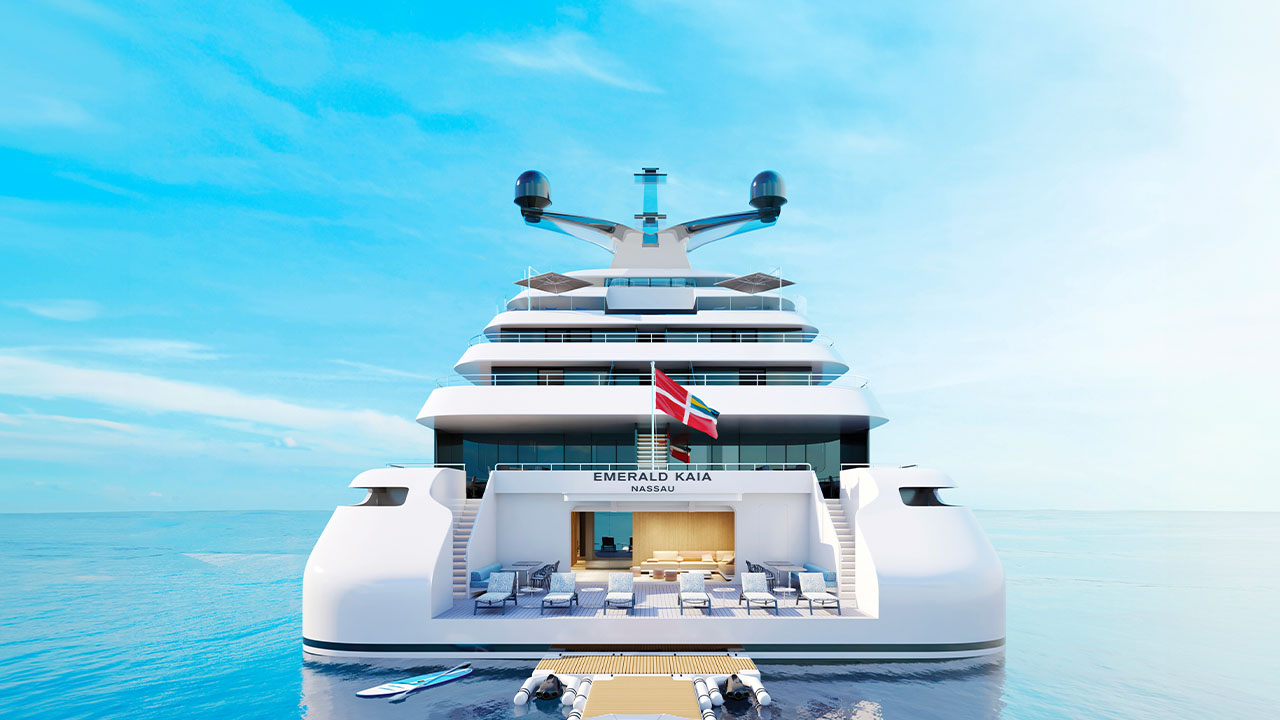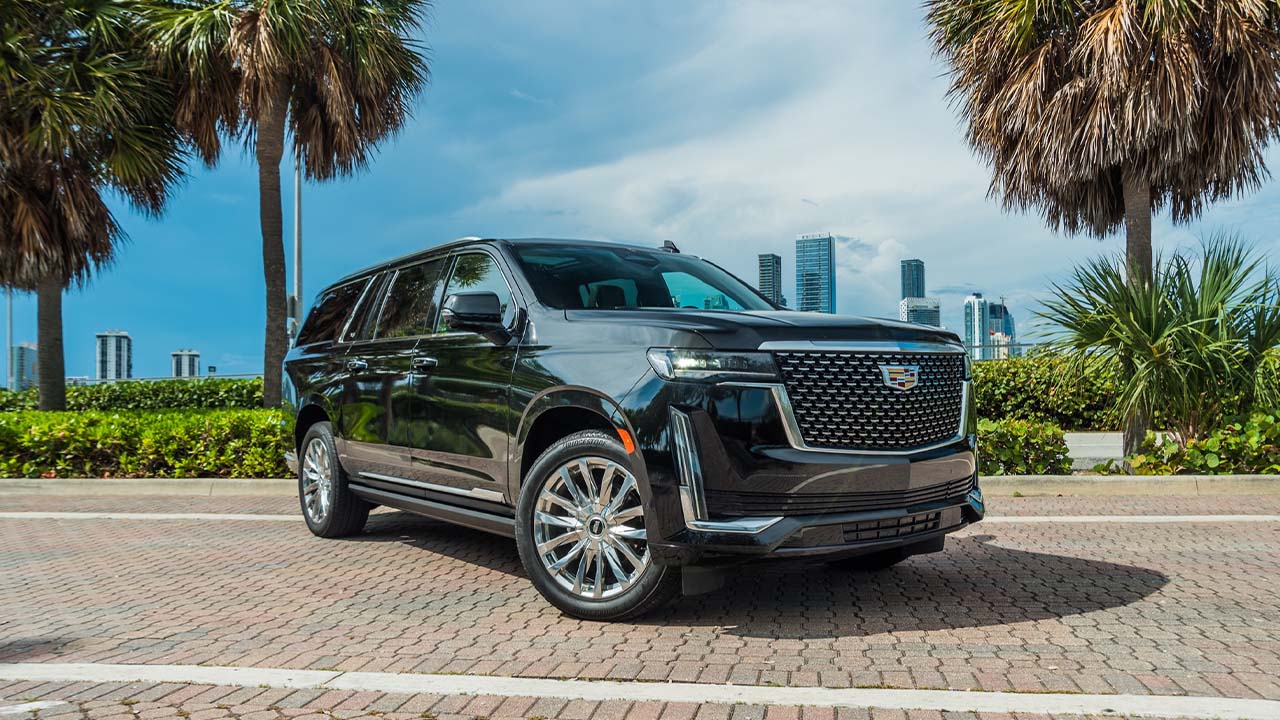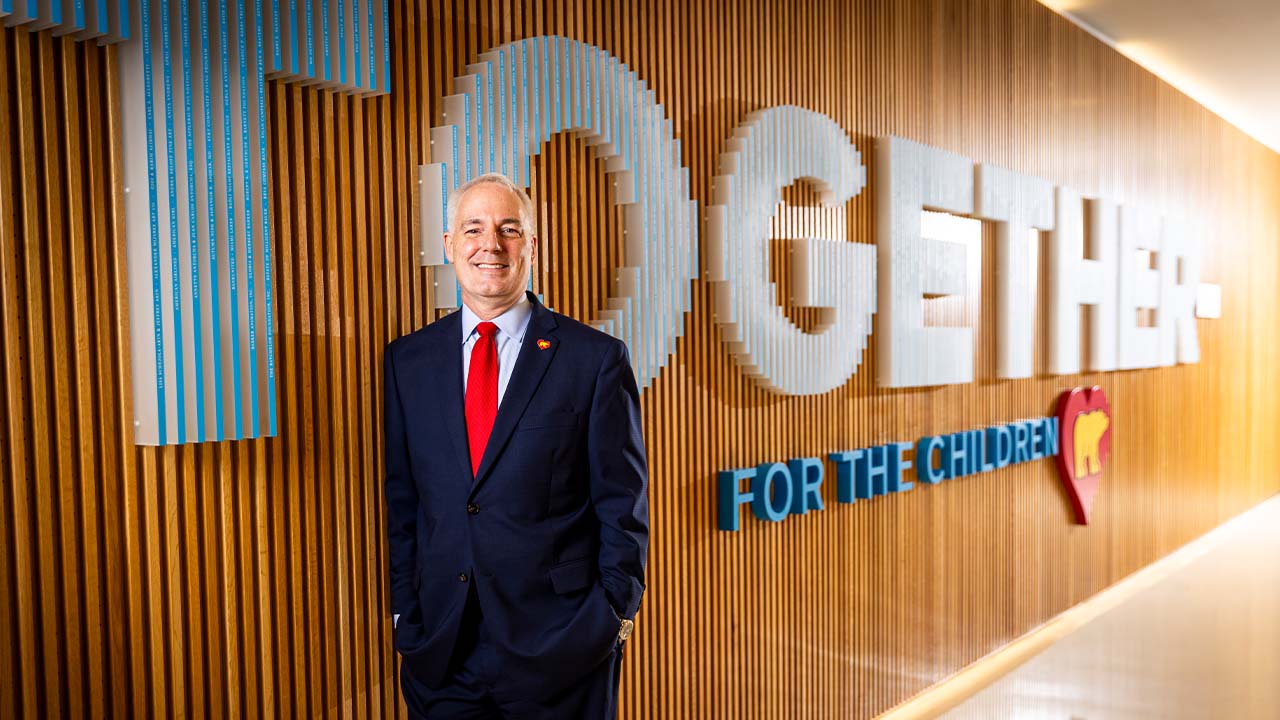 Two South Florida entrepreneurs place their bets on unique flotation devices
Two South Florida entrepreneurs place their bets on unique flotation devices
They say that no great idea can get off the ground without passion. For Coconut Creek resident Doug Schultz and Oakland Park resident Justin Rietema, it was a mutual love for being on the water that turned these friends into entrepreneurs and business partners.
“I had a boat in 2009, with a couple other friends,” Rietema recalls. “We always used to jump in the water and put our life jackets on upside down, and float.”
They called it Float Club and spent many weekend hours floating. But they knew there had to be a better way than with their makeshift solution.
“The life vest upside down—it doesn’t work very well,” Schultz says. “There’s foam everywhere. It’s constantly trying to fly out from underneath you. Trying to get up on the boat ladder is a nightmare.”
The friends, both of them landscape architects, turned their skills toward creating a flotation device specifically designed for their weekend fun.
The first step was looking to see if there was anything similar already on the market. When their research yielded no results, they knew they were on to something. They started with drawings, and shopped around town at dollar stores and thrift shops for materials to create a prototype.
“We literally started with denim, just putting together a pattern,” Schultz says with a laugh. “We were sitting in my extra room, sewing this thing, duct-taping foam on denim.”
 After years of trial and error and going through multiple suppliers and manufacturers, their product was ready for the public in 2012.
After years of trial and error and going through multiple suppliers and manufacturers, their product was ready for the public in 2012.
The Human Bobber is U.S. Coast Guard-approved and was an early hit among the local boating community. The real splash came from an appearance on ABC’s popular show, “Shark Tank.” They applied in 2013, making it to the interview round and submitting a video and prototypes.
Though they ultimately did not advance past that round, the Human Bobber earned a second chance in early 2015, when the show hosted open casting calls in Miami.
“We were like, ‘You know what? What do we have to lose? It’s right here. We made it to the second round last time. Let’s give it another shot,’ ” Schultz says.
More than 4,000 people showed up to the casting call that day. Rietema arrived early, got a voucher number, and the two prepared to pitch their idea again. Coincidentally, they bumped into an executive producer of the show, who recognized their device from the previous submission. The encounter gave them the confidence boost they needed to pitch successfully, and the Human Bobber was selected to appear before the panel of “sharks”—investors who sit on the show’s panel and decide whether to invest in the products presented.
It took another year of back-and-forth with the producers, until, finally, in late August 2016, they received notice that they were scheduled to film the following month. The show told them to be in California on Sept. 11.
They asked for $120,000 in return for 15 percent of their company, H3O Sports. They were able to strike a deal with well-known sharks Kevin O’Leary and Mark Cuban for the full amount in exchange for granting a 33 percent share to O’Leary and a 10 percent share to Cuban. The episode aired in October.
Though the final outcome of the deals are undisclosed, they’ve seen a definite uptick in sales since the exposure.
“It’s been huge for us,” Rietema says. “More of a slow burn rather than an overnight surge, but sales have held steady week after week ever since the show.”
 Those sales cover the Human Bobber product line, which includes the Bottoms Up life jacket and floating saddle as well as the Scuttlebutt aquatic chair, Scuttlebutt kayak and the Beverage Bobber, all available at humanbobber.com and through Amazon and Walmart. Soon, they say, their products will be available at West Marine and Camping World stores. With popularity rising, Schultz and Rietema are excited for the future of their products.
Those sales cover the Human Bobber product line, which includes the Bottoms Up life jacket and floating saddle as well as the Scuttlebutt aquatic chair, Scuttlebutt kayak and the Beverage Bobber, all available at humanbobber.com and through Amazon and Walmart. Soon, they say, their products will be available at West Marine and Camping World stores. With popularity rising, Schultz and Rietema are excited for the future of their products.
“It will be very interesting to see when we re-air in the spring,” Schultz says.


